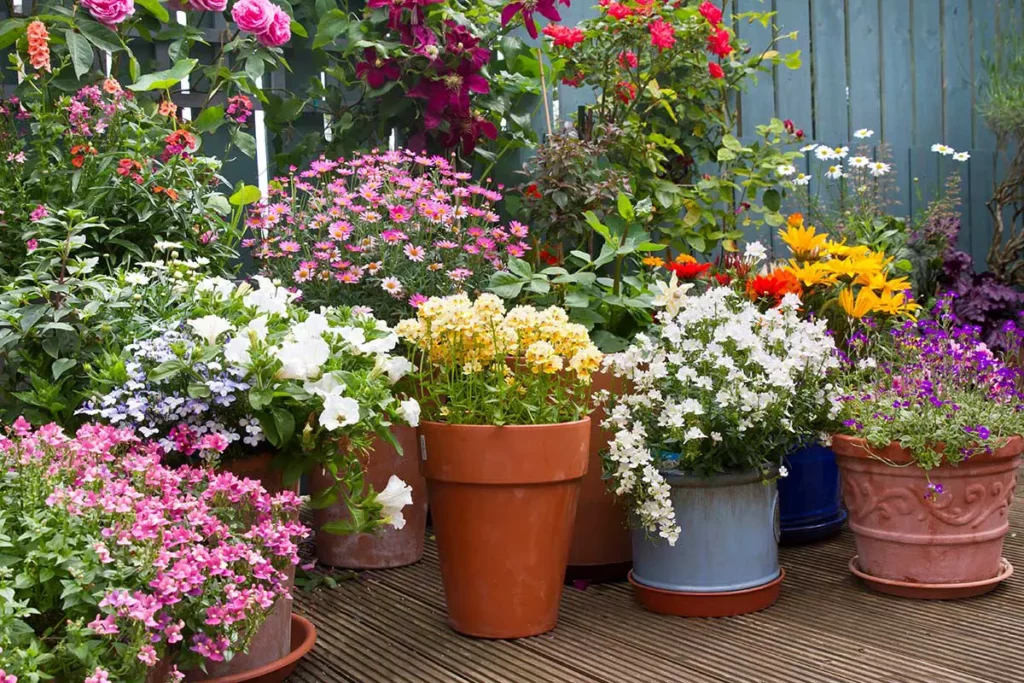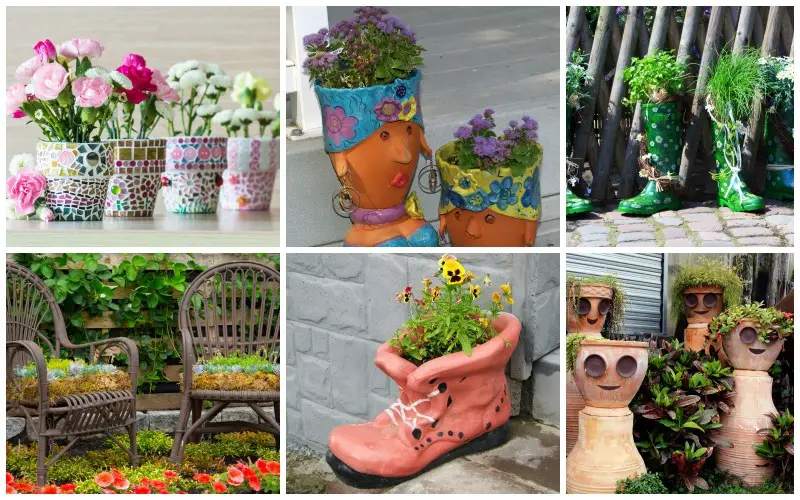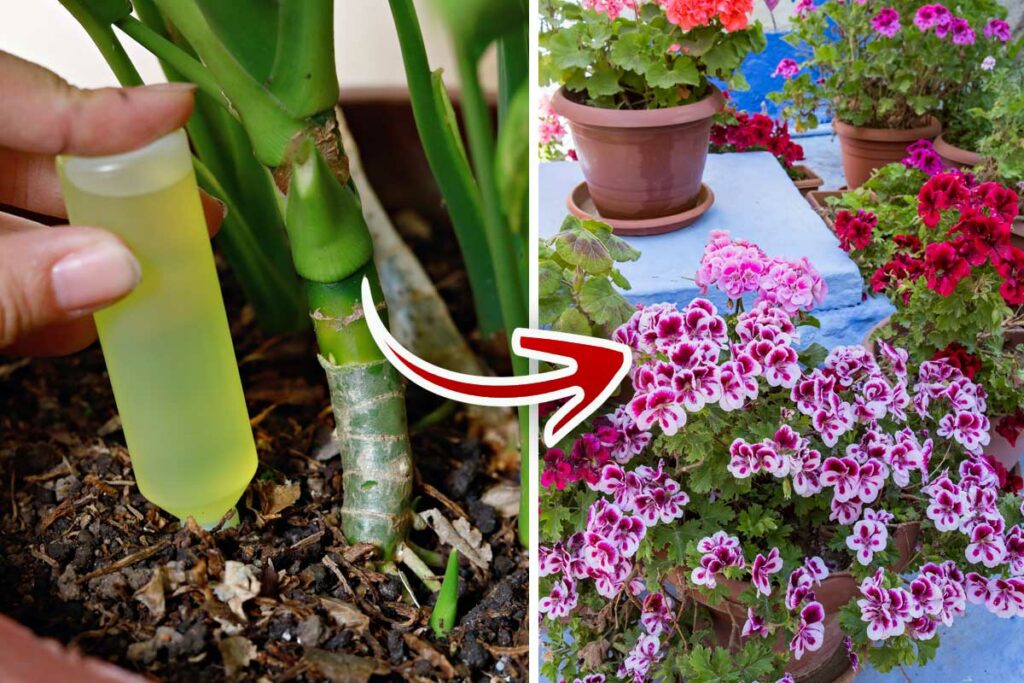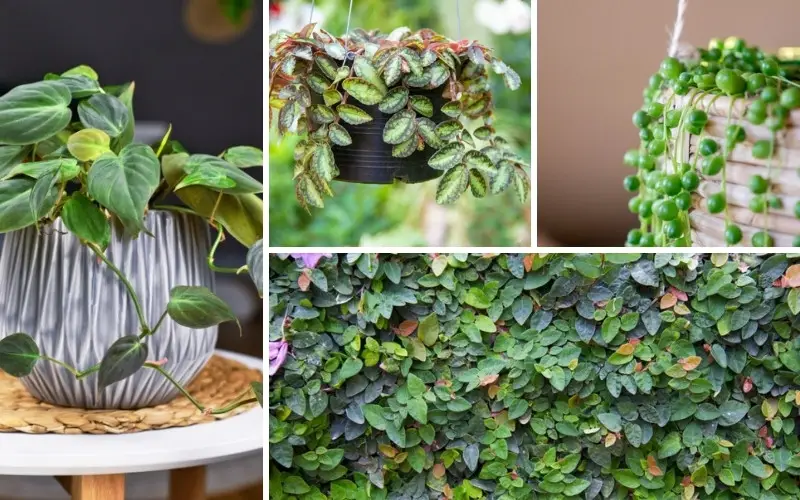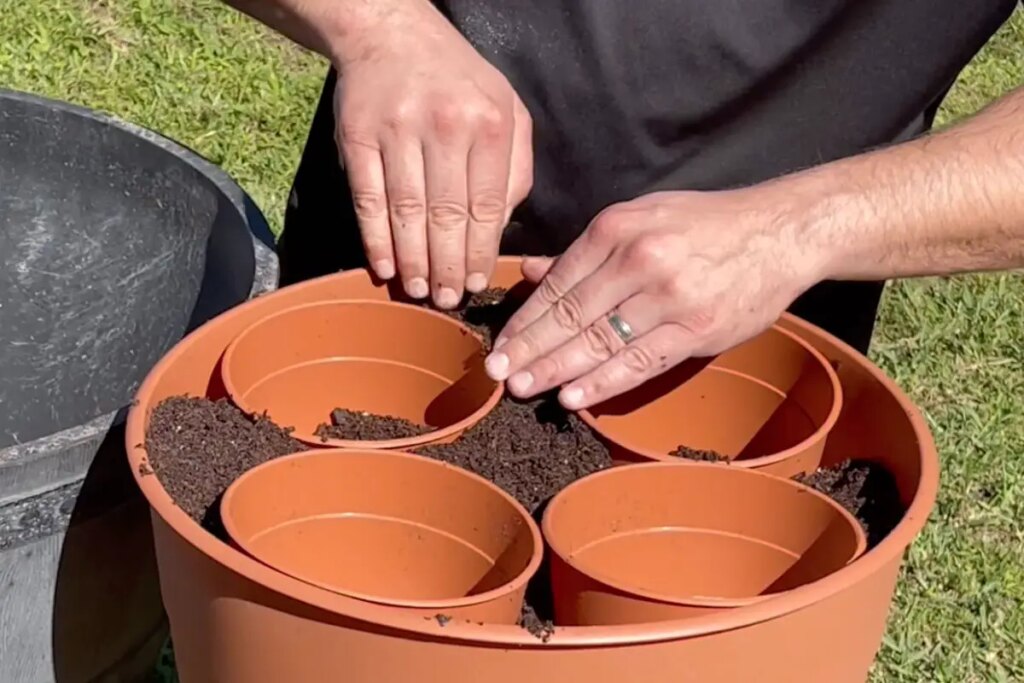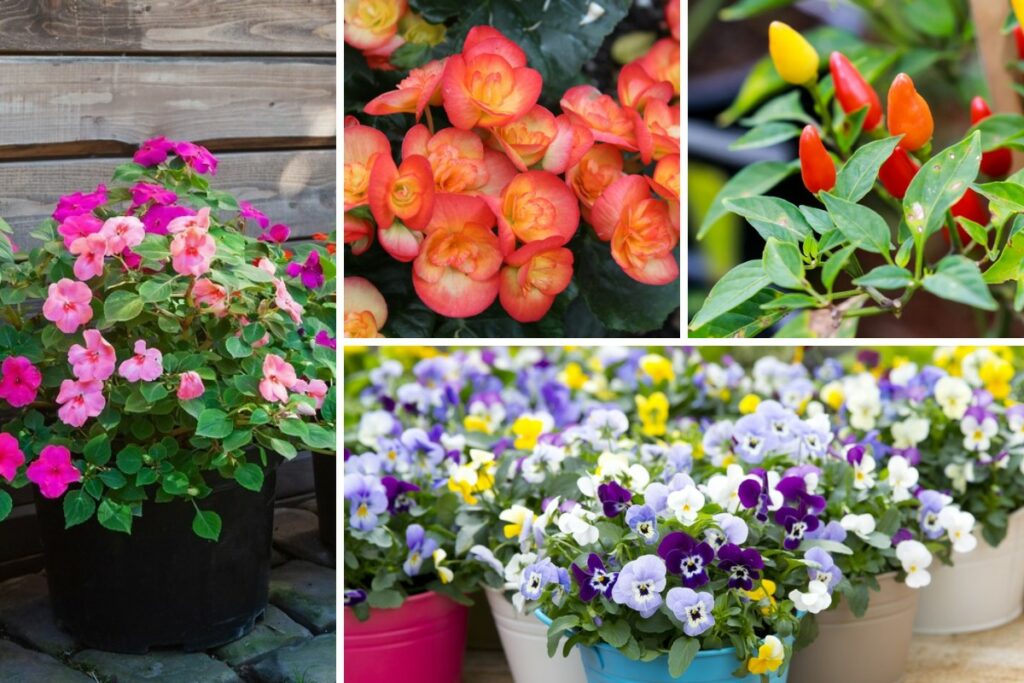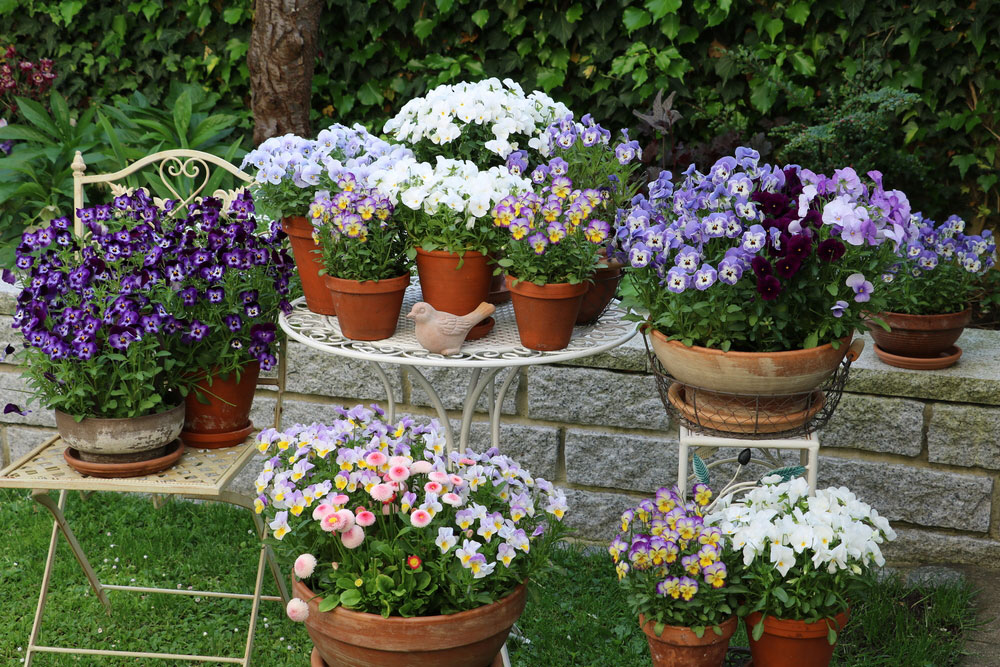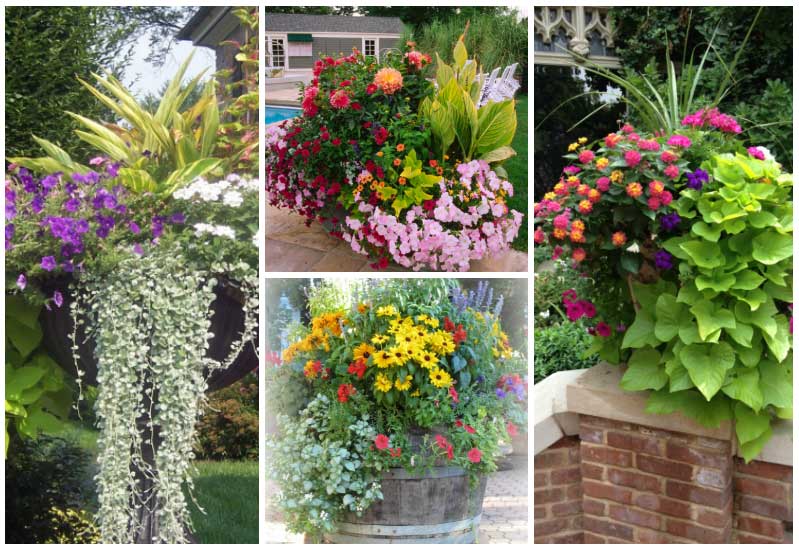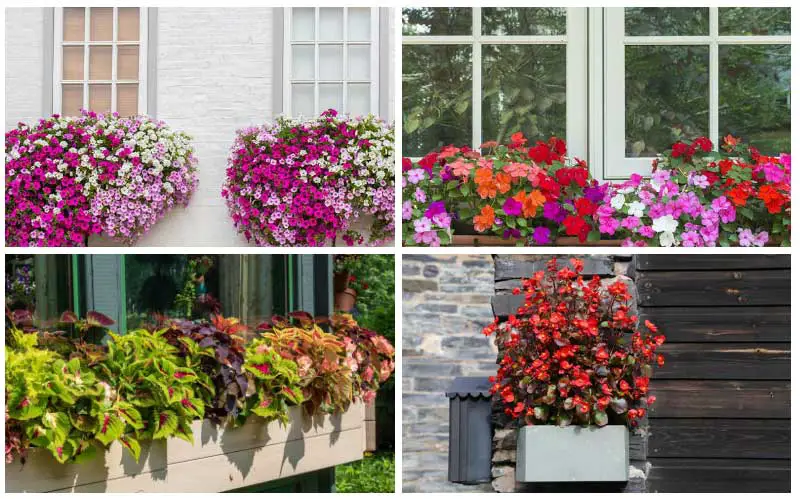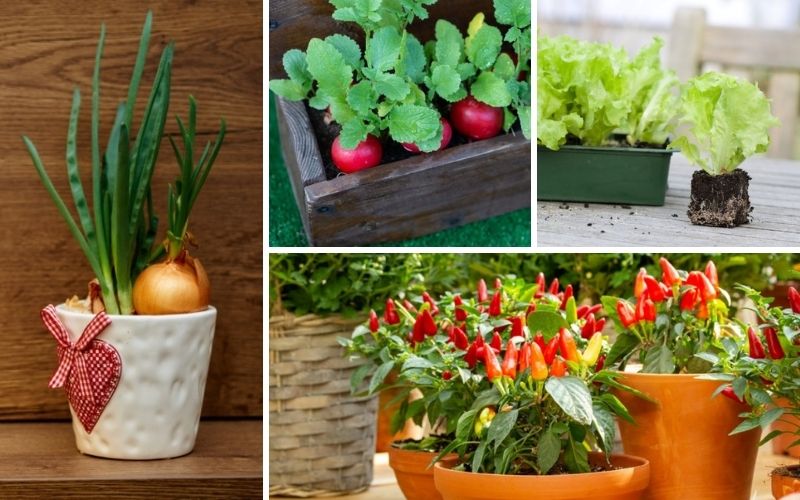
Not everyone has the space for a full-sized vegetable garden. Even if you do, you may have other limits to growing a garden in the ordinary sense.
Luckily, container gardens can be grown instead.
Whether you are interested in container gardening to ease your grocery budget or only as a hobby, here are 10 of the best vegetables for container gardening with a few tips.
Lettuce

Grow normal-sized head lettuce in a five-gallon container, placing the plants 4-6 inches deep and about 8 inches apart. Another type of lettuce called leaf lettuce is an excellent choice for container gardening as well. It grows spread across the container instead of the normal ball shape. You can pick individual leaves for sandwiches or salads. Lettuce needs partial sun.
Green Onions
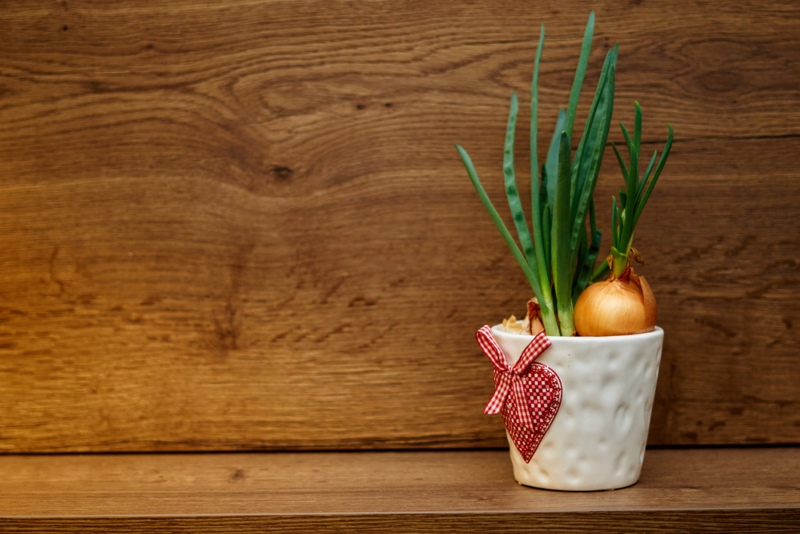
Plant 3 inches deep after the spring frost in a five-gallon container. Green onions have a green stem above the soil and a small onion root below the soil. Both parts are edible. Onions are perennial plants. They require growth in full sun and water right after planting. Then water every 15 days. Onions take too long to grow from seed. Instead, plant onion bulbs that look like tiny onions.
Red, yellow or white bulbs are available. Another way, instead of buying bulbs, is to use scraps of green onions from the grocery store. Leave a little green on the white bulb and plant as normal. Use a loamy potting soil mixed with one part of compost.
Tomatoes

Tomatoes are a vining plant, meaning they will spread out. For container gardens, place a small trellis made of wood or metal behind the plant. They will grow vines from the trellis upward. There is a great many varieties of tomatoes. Start from seed or seedlings. Varieties with small-weight tomatoes or grape tomatoes are perfect, but normal-sized tomatoes are good too.
Peppers
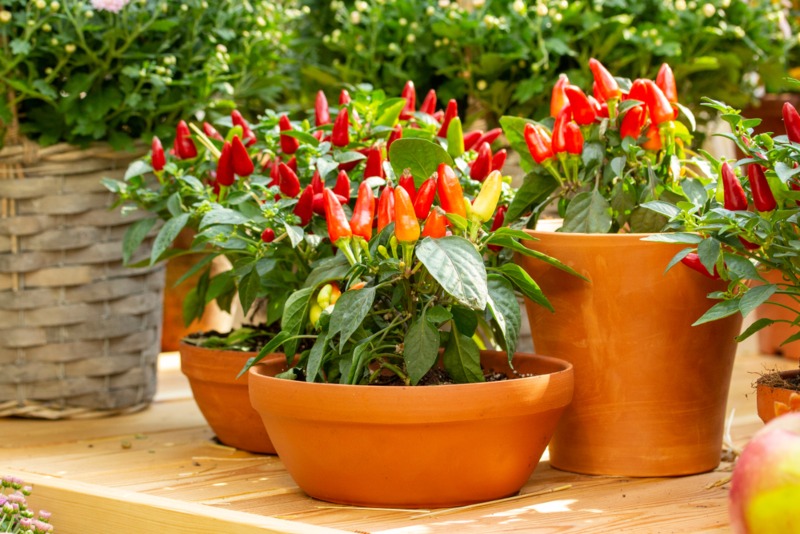
Peppers come in a variety of colors, including yellow, green, orange, and red. Wait for 30 days after the last frost before planting. Peppers need 90 days to grow before harvest. A 5-gallon tub holds two pepper plants for the comfortable expansion of roots. First, the plants will be dwarfed by the container. Don’t be tempted to add more plants. Peppers end up growing outward and upward. Some branches of the plant can also grow more than one pepper on a stem. Thus, the mature peppers need space as well as the plant, so they don’t mash into each other and cause damage.
Carrots

Carrots are root vegetables. The part commonly eaten grows underground. Containers need to be two inches deeper than a carrot’s length, so plant seeds 4″-6″ deep. Harvest is 100 days after planting. If the containers are plastic or metal, you will need less water. 5 Gallon buckets are perfect for carrots since carrots are slim. Just drill drain holes in the bottom. Additionally, since the soil is a mix of potting mix or soil, you have placed yourself. It will be rock-free, so the carrots grow straight and thin, creating a healthy, plentiful harvest.
Spinach

Spinach can be planted in the spring after the last frost or early fall. Since it is ready in 30 days, spinach can give you a harvest twice, one from each planting. Plant 4″-6″ deep in a 5-gallon container. Or they can be placed in a one-gallon bucket of two plants per bucket. Well draining soil is important. Place seedlings 3″ apart. If you want bigger leaves, then about 4″ apart when planting.
Green Beans
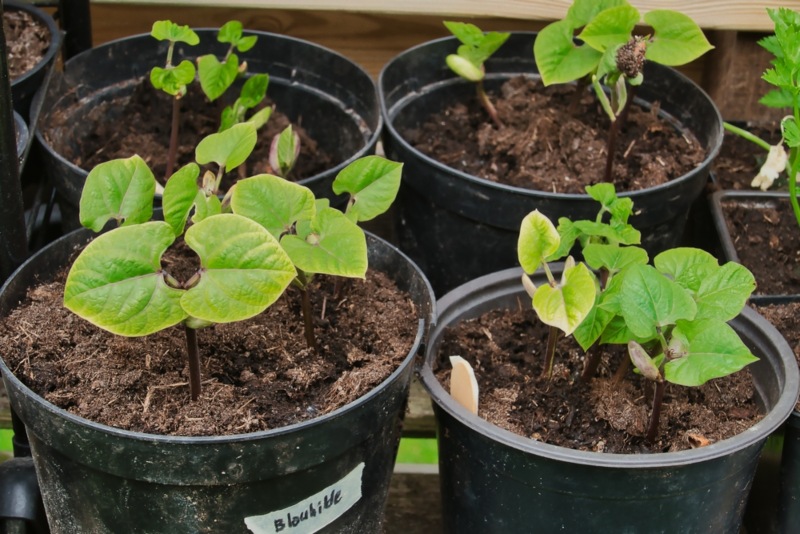
Two kinds of beans can be grown in containers. Pole beans need a wood rod or similar item behind them as they grow. Pole beans are vining beans. Wrap the vines on the pole when they begin. As they grow they will continue to do so themselves. The beans grow on the vines. Bush beans do not have vines but grow into a small bush-like plant with the beans hanging directly from the bushy plant. Bush beans need 6″-8″ of soil, and pole beans need another couple of inches. Beans can be waterlogged easily, so make sure the container has drain holes.
Radishes

Radishes come in a variety of colors. Some are oblong and some are round. The round red kind produces a larger crop in containers. Plant radishes in cool sunny spots. The direct sun is too hot. Some radishes have a spicy flavor but some, instead, are sweet and mild. Plant radishes six inches deep because they are root vegetables.
Beets

Beets are another root vegetable. As with all root vegetables, make sure your soil does not have hard clumps that the plant will have to fight to grow around or through. Plant 6″ deep and 6″ apart. Beets grow well in partial sun and take 90 days to be ready for harvesting.
Brussels Sprouts
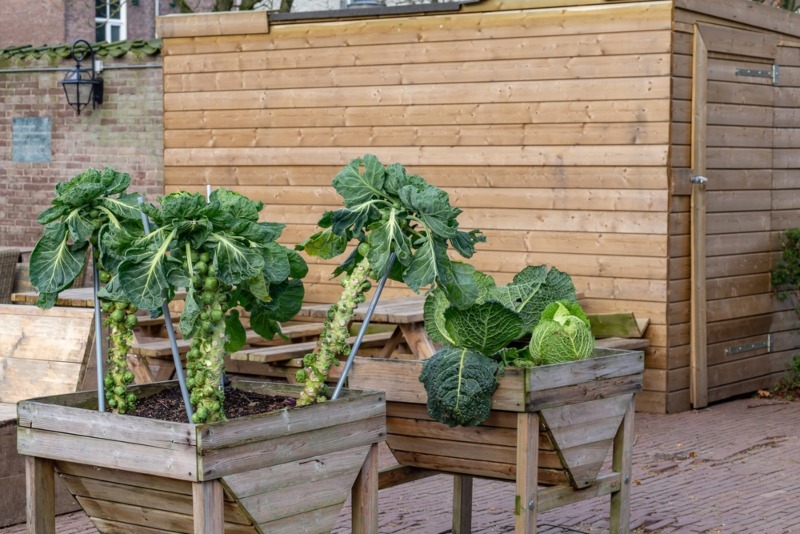
Plant in 12 ” diameter containers, 6″ deep. Brussels sprouts grow above ground on a stalk in clusters. Growing them in containers has the plus side of an extended harvest..As the first winter frost approaches, put the container in a cellar or basement. The sprouts will continue to grow and ripen through January.





